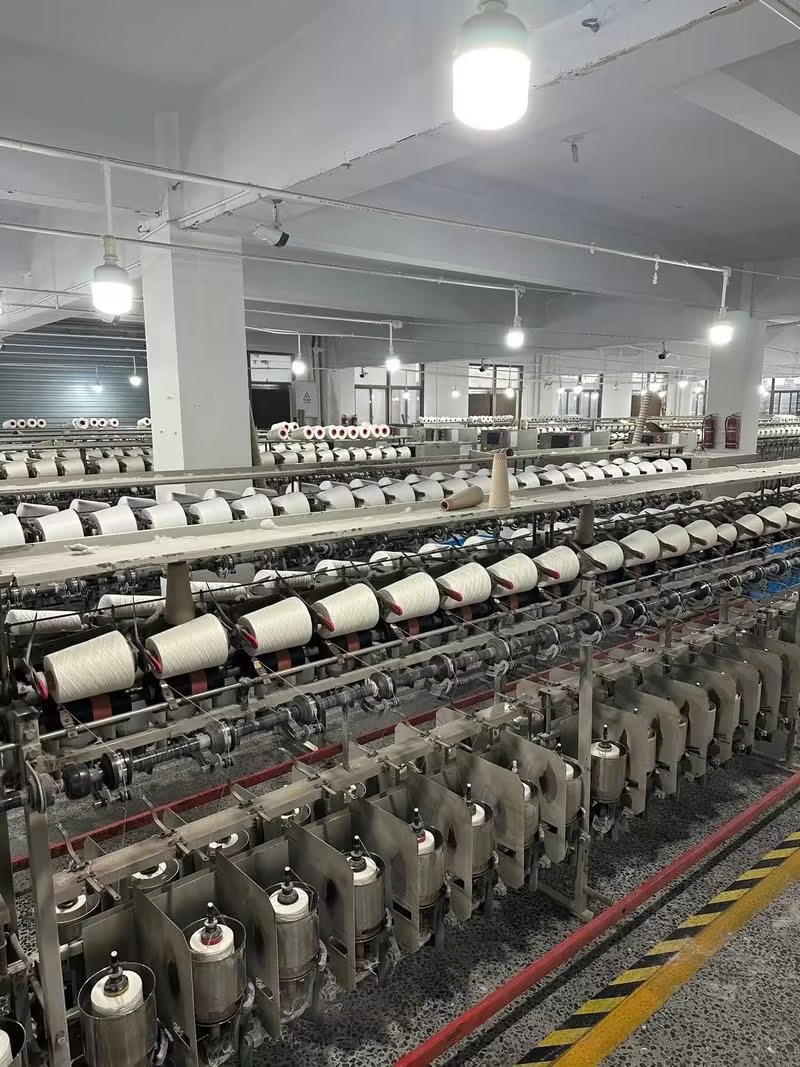The difference between white carbon black and silicon micro powder
White carbon black and silica micro powder, as two important industrial raw materials, have a wide range of applications in multiple fields. Although their main component is silicon dioxide (SiO ₂), there are significant differences in preparation processes, physical properties, chemical properties, and application fields. This article will explore in detail the differences between white carbon black and silicon micro powder.
Product link:
https://www.iotasilica.com/product-matting-agent-for-water-based-special-.html
1、 Preparation process
White carbon black
White carbon black is mainly prepared by chemical methods, including gas-phase method and precipitation method. The gas-phase method generates nanoscale silica particles through chemical reactions at high temperatures, such as hydrolysis of silicon tetrachloride (SiCl ₄) or oxidation of silane (SiH ₄) in a hydrogen oxygen flame. The white carbon black produced by this method has high purity and uniform particle size distribution, and is commonly referred to as gas-phase white carbon black. The precipitation method involves the reaction of sodium silicate (Na ₂ SiO ∝) with sulfuric acid (H ₂ SO ₄) or hydrochloric acid (HCl) to produce silica precipitate, which is then washed, dried, and ground to obtain white carbon black. The cost of producing white carbon black by precipitation method is lower, but the particle size distribution is wider.
Microsilica
The preparation process of silicon micro powder is relatively complex and diverse. In the early days, silicon micro powder was mainly used as fine powder for chimney dust collection in steel plants, and later named after ultrafine quartz powder. With the development of industrial technology, the preparation of silicon micro powder is gradually shifting towards specialized production. At present, the production methods of silicon micro powder mainly include industrial by-product collection and specialized production. The industrial by-product collection method is used in the production of industrial silicon or ferrosilicon alloys. Silicon vapor is generated by the reaction between silica (SiO ₂) and carbonaceous reducing agents in a high-temperature electric arc furnace. The silicon vapor combines with oxygen in the air during the condensation process to form fine silicon dioxide particles, which are collected as silicon micro powder. This method has low cost and high yield, but it is difficult to control product purity and particle uniformity. The special production method is to directly generate high-purity silicon powder through chemical precipitation, sol gel, vapor phase synthesis and other processes. These processes can produce silicon micro powders with smaller and more uniform particle sizes, suitable for high-end application fields.
 2、 Physical characteristics
2、 Physical characteristics
White carbon black
The appearance of white carbon black is white powder or granular or irregular block, and its particle size is usually small, especially for gas-phase white carbon black, which has a particle size close to the nanometer level. White carbon black is a porous substance with a large specific surface area and a large number of hydroxyl groups (- OH) on its surface. These hydroxyl groups can form hydrogen bonds with other substances, thereby increasing its binding strength with other materials. In addition, white carbon black has good characteristics such as high temperature resistance, non flammability, odorlessness, and electrical insulation.
Microsilica
Silicon micro powder is light and loose, with low density and a wide range of particle size distribution, ranging from micrometer to nanometer. The surface of silicon micro powder also contains many active functional groups, which can undergo chemical reactions or physical adsorption with other materials, thereby improving the performance of the material. Silicon micro powder has high purity and melting point (about 1600 ° C), which can maintain stability at high temperatures and is not prone to chemical reactions.
3、 Chemical properties
White carbon black
The main chemical component of white carbon black is silicon dioxide, which can be represented by SiO ₂ · nH ₂ O, where nH ₂ O exists in the form of surface hydroxyl groups. White carbon black is soluble in caustic soda (NaOH) and hydrofluoric acid (HF), but insoluble in water, solvents, and most acids (except hydrofluoric acid). White carbon black has stable chemical properties and is not easily reactive with other substances, but under certain conditions, it can form chemical or hydrogen bonds with other substances.
Microsilica
The main chemical component of silica micro powder is also silica, but its chemical properties vary depending on the preparation method and purity. Silicon micro powder is not easily reactive with other substances and does not react chemically with most acids and bases, exhibiting strong chemical stability. In addition, the active groups on the surface of silicon micro powder particles can undergo chemical reactions with other materials, thereby changing the properties of the materials.
 4、 Application Fields
4、 Application Fields
White carbon black
White carbon black has a wide range of applications in various fields due to its unique physical and chemical properties. In the rubber industry, white carbon black, as a reinforcing agent, can significantly improve the strength, wear resistance, and weather resistance of rubber, replacing or partially replacing carbon black to meet the needs of white or semi transparent products. In the fields of coatings and inks, white carbon black can be used as a thickener and matting agent to improve the adhesion and glossiness of coatings. In addition, white carbon black is widely used in papermaking, pesticides, food additives and other fields as a filler, carrier or diluent to improve the performance and quality of products.
Microsilica
The application fields of silicon micro powder are also extensive. In the field of building materials, silica micro powder is an important additive for high-performance concrete, which can significantly improve the strength, durability, and impermeability of concrete. In the field of refractory materials, silicon micro powder can improve the thermal stability and corrosion resistance of refractory materials due to its high purity and high melting point. In addition, silicon micro powder is widely used in fields such as electronics, optics, ceramics, cosmetics, plastics, etc. as a filler, enhancer, or modifier to improve the performance and quality of materials. Especially in ceramic materials, silicon micro powder can improve the density and strength of products; In the electronics industry, silicon micro powder can be used as packaging and insulation materials.
5、 Comprehensive comparison
Composition and Structure
The main component of both white carbon black and silicon micro powder is silicon dioxide, but there are differences in their preparation methods and microstructure. White carbon black is usually produced by chemical methods, and its particle size is small, close to the nanometer level, with a large number of hydroxyl groups on the surface. Silicon micro powder can be prepared by various methods, with a wide range of particle size distribution, ranging from micrometer to nanometer. In terms of microstructure, both white carbon black and silicon micro powder have a tetrahedral structure of silicon oxygen, but there are three different types of hydroxyl groups on the surface of white carbon black, making it more chemically active.
Physical and Chemical Properties
White carbon black and silica micro powder also have differences in physical and chemical properties. White carbon black has good characteristics such as high temperature resistance, non flammability, odorlessness, and electrical insulation. Its porous structure and specific surface area make it have excellent adsorption performance and binding force. Silicon micro powder has high purity and melting point, and is not easily reacted with other substances, exhibiting strong chemical stability. In addition, the active groups on the surface of silicon micro powder particles can undergo chemical reactions or physical adsorption with other materials, thereby changing the properties of the materials.
 Application Fields and Performance
Application Fields and Performance
White carbon black and silica micro powder have some overlap in application fields, but each has unique performance advantages. White carbon black has significant advantages as a reinforcing agent in the rubber industry, which can significantly improve the strength, wear resistance, and weather resistance of rubber. Meanwhile, white carbon black is also widely used in fields such as coatings, inks, papermaking, and pesticides. Silicon micro powder is mainly used in the fields of building materials, refractory materials, electronics, optics, ceramics, etc., as a filler, reinforcing agent or modifier. The application of silica micro powder is particularly prominent in high-performance concrete and refractory materials, which can significantly improve the strength and durability of materials.
In summary, although both white carbon black and silica micro powder are in the form of silica micro powder, there are significant differences in preparation process, physical properties, chemical properties, and application fields. These differences give white carbon black and silicon micro powder unique advantages and value in their respective application fields. With the continuous advancement of technology and rapid development of industry, the application fields of white carbon black and silicon micro powder will continue to expand and deepen, bringing more convenience and benefits to human production and life.


